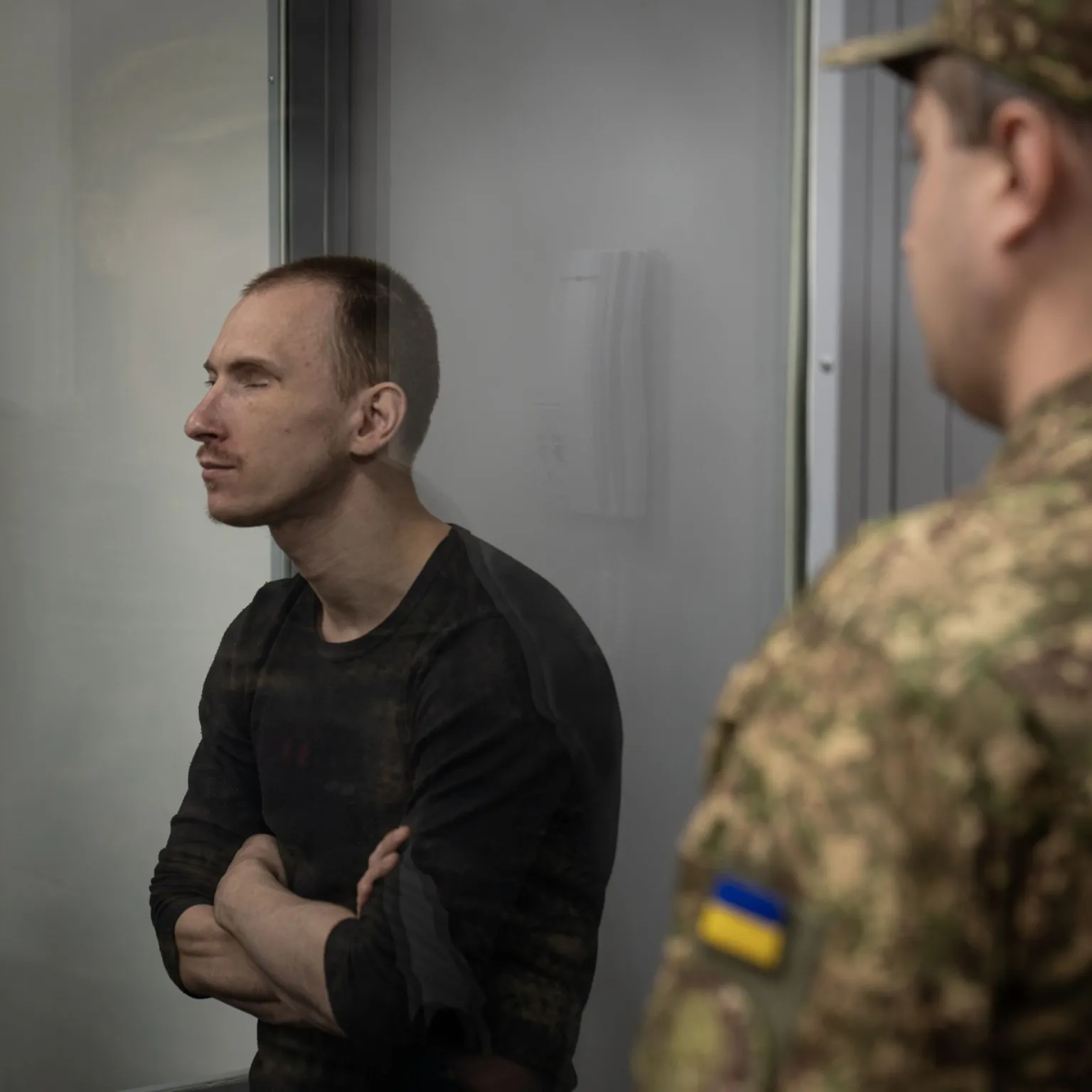
On the frozen frontline in the east of Zaporizhzhia, a Ukrainian soldier surveyed the fallout from a Russian assault. It was the middle of January 2024 and the ground was covered in ice. Two weeks earlier, an 18-strong Russian assault team had broken through the line and seized three positions, killing five Ukrainians and losing 10 Russians before ceding the thin stretch of land back to the Ukrainians just hours later. The three positions that had changed hands were each just a few foxholes in the ground – dots on a devastated landscape of craters and shredded trees.
The Ukrainian soldier filmed as he looked over the remains of his fallen comrades. "This is Vitas, the small one," he said, using the dead man's callsign. He examined another body. "A silver ring, this is Grinch," he said. With difficulty, he turned over another frozen body. It was in bad condition, but the face was recognisable. The soldier sighed. "What can I find to cover you, so that you won't get cold," he said to the dead man. He picked up a nearby helmet and placed it over the damaged face. "We have found the Penguin," he said.
A year later, in January 2025, a Russian soldier was frog-marched down the corridor of a rundown local courthouse in Zaporizhzhia flanked by five Ukrainian soldiers and a large rottweiler trained on the Russian's scent and straining at its leash to attack him. Dmitriy Kurashov, callsign 'Stalker', was about to go on trial for the alleged battlefield execution of Vitalii Hodniuk, a veteran 41-year-old Ukrainian soldier known by the callsign 'Penguin'.
